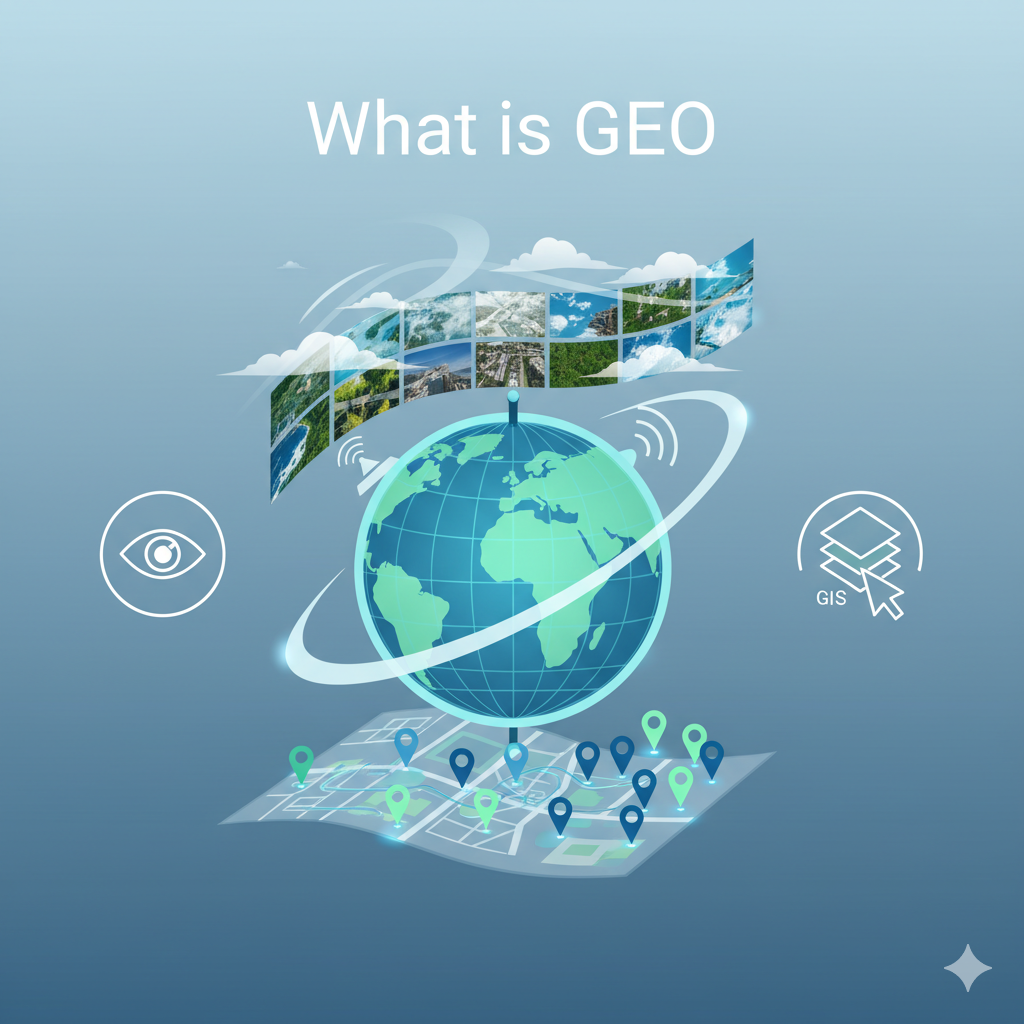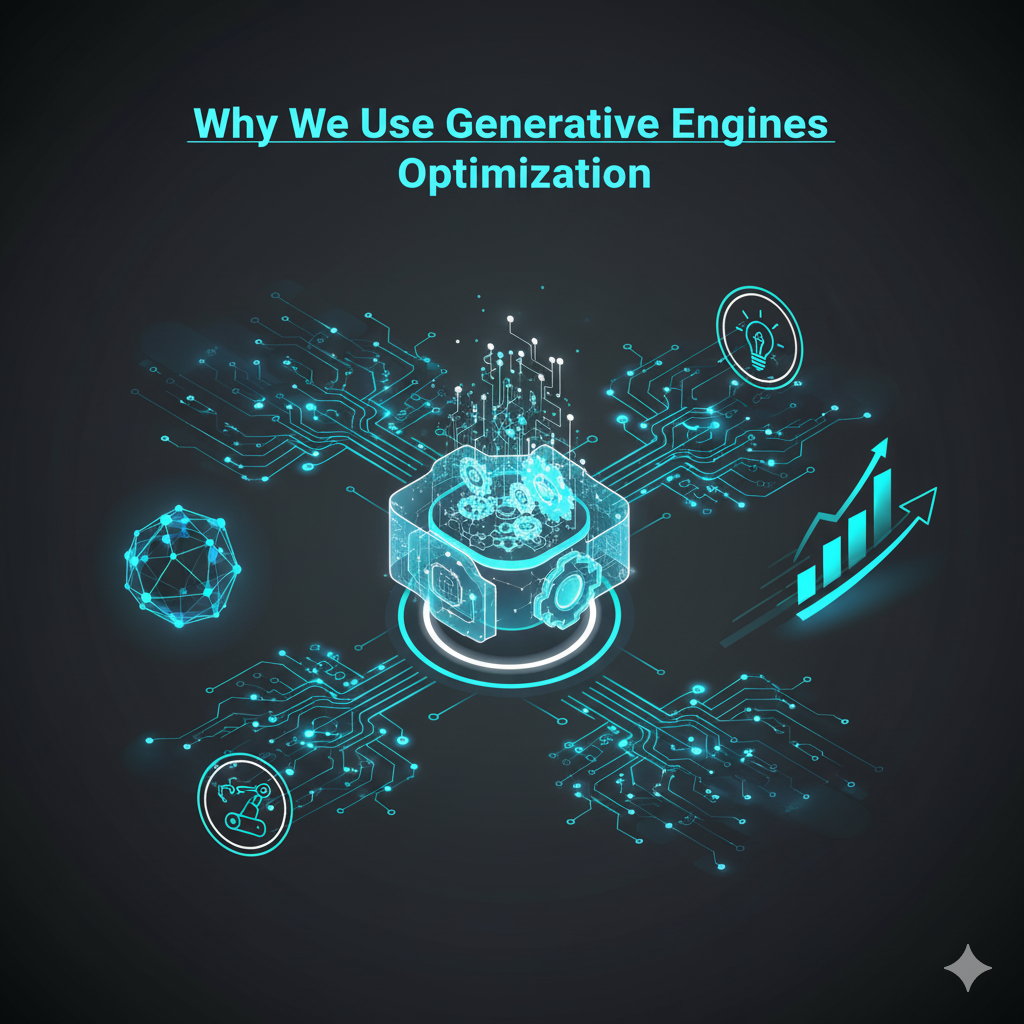The world of search is constantly changing and now a new word has come. (GEO) Generative Engine Optimization If you don’t already know this term, it’s fine. It’s a separate step in the same direction where content creators prepare their content to appear in search tools. In this article, we’ll learn what GEO is, why it’s important, and how it works.
The purpose of SEO is to get your website to appear higher in search results. To achieve this, we use methods like keywords, backlinks, domain authority, and technical SEO. but now, with the advent of large language learning models (LLMS) and generative AI tools, the way we search has changed.
Now Google or Bing don’t just see a list of links but rather direct question answer data like ChatGPT, Perplexity or Google AI overviews. So, if you want your content to be seen in these AI generated answers, then you will have to prepare it accordingly. This is called Generative Engine Optimization. Simply put, this means creating and structuring content that the system can recognize, read, and incorporate into its responses

Generative Engine Optimization Why Needed
- Increasing visibility on AI platforms: Many users now learn directly from AI chatbots or generative searches. If you want your brand or writers to be part of those answers, GEO will help.
- Build reliability and authority: Systems prioritize content that is trustworthy and well-written.
- Prepare for the future: Search is moving towards AI, so relying solely on traditional SEO won’t suffice. Generative Engine Optimization keeps your future ready.
The Future of Blogging with GEO
Generative Engine Optimization (GEO) is A Ai ecosystem where voice search, smart assistants and chat- based tool are becoming advantages and does not replace SEO and in the coming generations. It will be the future of digital visibility.
How Generative Engine Optimization Work?
Artificial Intelligence always answers the questions asked by the users, this means that if we can understand the way people ask questions through our content by identifying them and understanding them through their answers, then AI will also show our content on GEO, this increases both the visibility and traffic of our website.
Keep Your Content Clear
To help AI understand our content, we should use heading tags properly, and using bullet points also helps AI understand our content. We should keep our content as short as possible, and if it’s important, it should be written clearly and simply so that users and AI don’t have any difficulty understand.

ONE EXAMPLE
Suppose you write a blog about good recipes and want AI to answer, “How to make an energy-boosting smoothie.”
Here’s what you can do under GEO:
- Discuss the recipe in headings like summary step-by-step recipe tips.
- Create bullet points or lists.
- Explain in clear language.
- Cite the source or evidence.
- Maintain proper website SEO settings.
This will increase the likelihood that a part of your blog will be included in the answer if the AI or model asks a question.
What You Can Do and Don't
You Don’t use
- Don’t abandon SEO but make it AI-friendly.
- Don’t repeat keywords.
You use
- Be reliable.
- Monitor your content.
- Optimize content for different AI platforms.
- Update regularly.
Conclusion
Generative Engine Optimization has now become a new and essential form of traditional SEO. It’s not replacing SEO but rather modernizing it so that your content can appear not only in search results but also in AI-generated queries. Its core mission is to create content that is both relevant and reliable so that AI systems can understand it and use it to answer others’ questions. In the future, brands and websites that thrive in this direction will be included in digital search.
If you interesting to read about SEO then click here



 Call Now
Call Now  WhatsApp
WhatsApp
Write a Comment